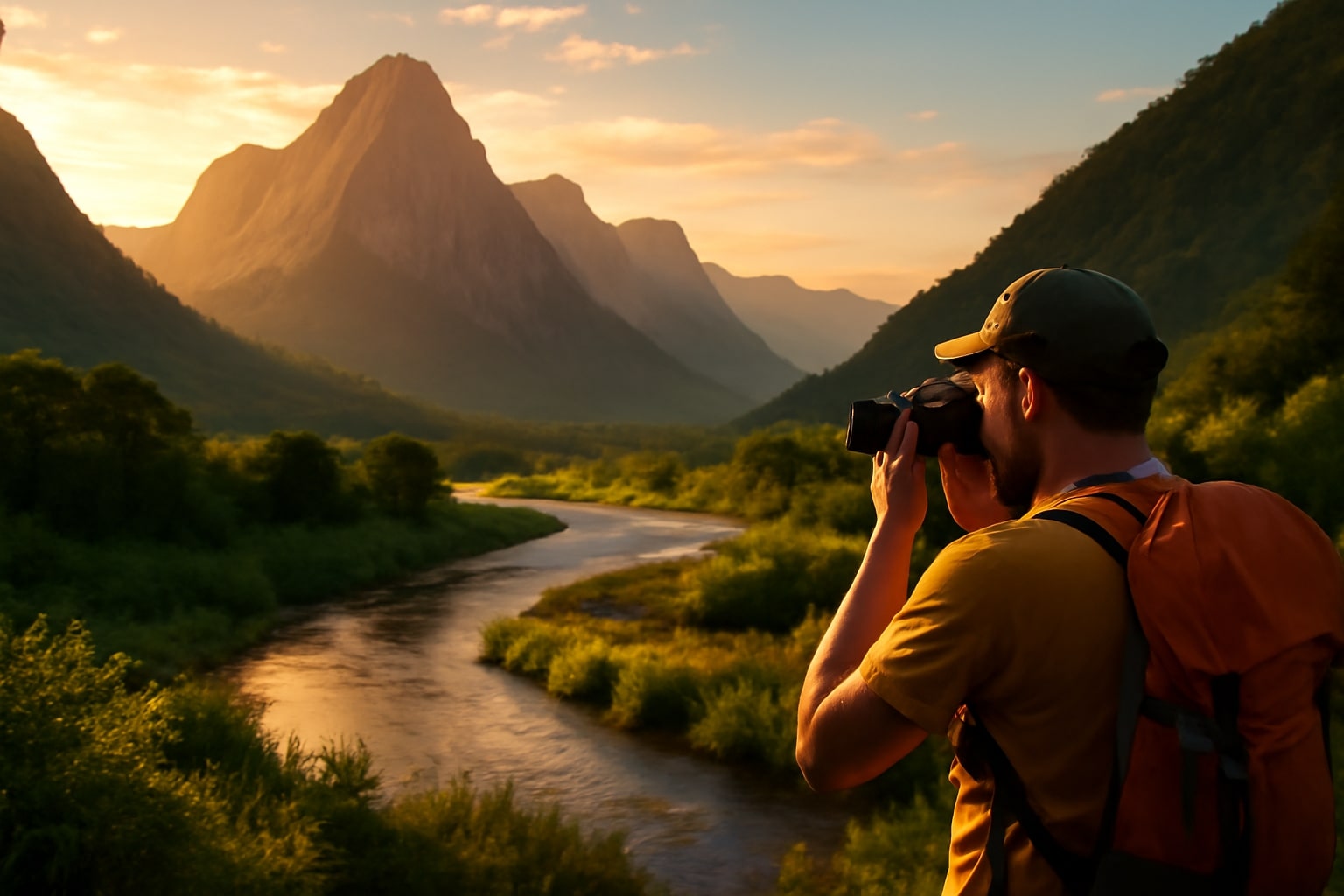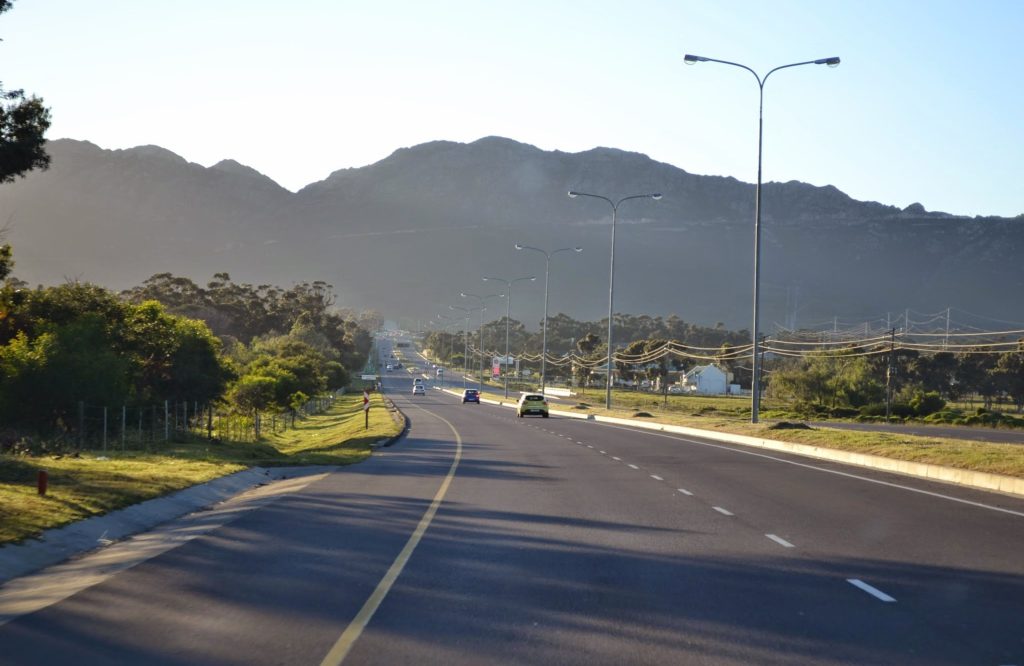Travel photography is an exciting and rewarding pursuit that allows you to capture the beauty, culture, and stories of the places you visit. For beginners, it might seem overwhelming to know where to start or how to improve. However, with the right fundamentals and a bit of practice, you can transform your travel snapshots into stunning photographs that tell compelling stories. This guide is designed to provide you with all the essentials—from understanding your camera to composition techniques, gear recommendations, and practical shooting tips—to make your travel photography journey enjoyable and successful.
The world is filled with endless photographic opportunities, whether it’s vibrant street scenes, majestic landscapes, or intimate cultural moments. Travel photography not only enhances your travel experience but also creates lasting memories that you can cherish and share. This guide will help you develop your creativity and technical skills, allowing you to confidently capture the essence of every destination. Whether you are using a DSLR, mirrorless camera, or even a smartphone, the principles covered here will apply to improve your photography results.
Understanding Your Camera and Settings
One of the first steps in travel photography is to familiarize yourself with your camera—be it a DSLR, mirrorless camera, or smartphone. Understanding the basic camera settings such as aperture, shutter speed, and ISO is crucial because these control exposure and affect the overall look of your photos. Aperture affects depth of field, allowing you to decide how much of your image is in focus, while shutter speed controls motion blur, which is essential for capturing dynamic scenes or stabilizing handheld shots. ISO impacts the camera’s sensitivity to light and plays a significant role in low-light conditions.
Alongside these basic settings, learning how to shoot in different camera modes, such as aperture priority, shutter priority, or manual mode, gives you greater creative control. Beginners often start with auto mode, but practicing with semi-automatic and manual settings will help you adapt to changing light conditions and capture your intended visual style. Additionally, understanding how to use white balance to maintain accurate colors and focus modes to capture sharp subjects will greatly enhance your photos. Spending time practicing with your camera’s settings before your trip can make a significant difference in the quality of your images.
Essential Travel Photography Composition Techniques
Composition is the art of arranging elements in your photograph to create visually appealing and storytelling images. The rule of thirds is one of the most fundamental composition techniques you should master. By imagining your frame divided into three equal parts horizontally and vertically, you can place key elements along these lines or at their intersections to create balance and interest. This simple guideline helps avoid placing the subject directly in the center, which can sometimes result in less engaging photos.
Other composition techniques that improve travel photos include leading lines, framing, symmetry, and the use of negative space. Leading lines guide the viewer’s eye through the image and can be found in roads, rivers, or fences. Framing involves using natural elements such as archways or tree branches to surround your subject, adding depth. Symmetry creates a harmonious look and is often found in architecture or reflections, while negative space emphasizes your subject by leaving empty space around it. Experimenting with these techniques allows you to tell different stories and bring out the uniqueness of every scene.
Choosing the Right Travel Photography Gear
Investing in the right gear can have a significant impact on your travel photography, but it’s essential to keep in mind that the best camera is the one you have with you. For beginners, a lightweight mirrorless camera or an entry-level DSLR offers great image quality without being cumbersome. These cameras provide interchangeable lenses, manual settings, and better sensors compared to smartphones, though modern smartphones are becoming increasingly capable for travel photography.
When selecting lenses, a versatile zoom lens such as an 18-55mm kit lens is great for starters, covering wide-angle to short telephoto perspectives. A prime lens with a wide aperture (like a 35mm f/1.8) is excellent for low-light and street photography. Additionally, carrying essentials like a sturdy tripod, extra batteries, memory cards, and a camera bag will ensure you are prepared and organized. Remember, the goal is to have gear that supports your style and travel needs without weighing you down.
Practical Tips for Shooting Better Travel Photos
Shooting great travel photos requires a mix of technical skills, patience, and awareness of your surroundings. One practical tip is to take advantage of natural light, especially during the “golden hour”—shortly after sunrise or before sunset—when the light is soft, warm, and flattering. Harsh midday sun can create unwanted shadows, so try to plan your shoots accordingly for best results. Overcast days can also offer diffused light that works well for portraits and landscapes.
Another important tip is to interact with locals and seek permission before photographing people, respecting cultures and traditions. Candid shots of people going about their daily lives often tell the most compelling stories but require sensitivity and patience. Always have your camera ready in travel scenarios, as spectacular photo opportunities can arise suddenly. Lastly, don’t be afraid to take many shots and experiment with angles, perspectives, and settings. With digital photography, you can learn from each shot and gradually refine your skills as you travel.
Editing and Sharing Your Travel Photos
Post-processing is an integral part of modern travel photography that can elevate your images to a new level. Basic editing tools available in software like Adobe Lightroom, Photoshop, or mobile apps allow you to enhance colors, adjust exposure, crop, and correct distortions while maintaining a natural look. Editing is not about making photos unrealistic but about emphasizing what your eyes saw and bringing your creative vision to life.
Sharing your travel photos online through social media platforms or photography communities can provide valuable feedback and motivate further improvement. Creating a travel portfolio or blog allows you to document your journeys and reach an audience interested in travel and photography. While sharing, it’s good practice to optimize image sizes for faster loading and use descriptive titles and tags that boost SEO, making your photos easier to find.



